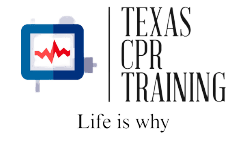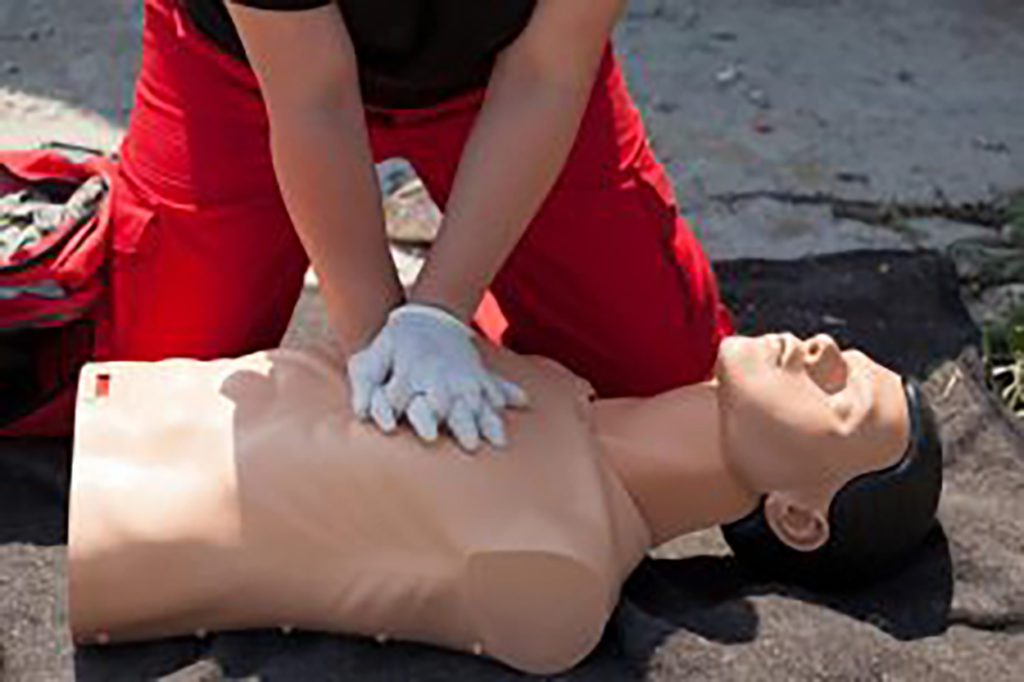CPR Through the Ages – A Brief Look into CPR’s History

CPR Through the Ages
CPR or Cardiopulmonary Resuscitation is a basic yet proven life-preserving emergency procedure that is performed in hopes of manually sustaining brain function in a person suffering a cardiac arrest. This is one of the most common life-saving procedures practiced across the world to keep a victim alive until more definitive treatments can be administered.
From the moment it was invented and taught, CPR has been able to save thousands of lives in instances where emergency medical personnel were not present. Regardless of whether the victim was saved after drowning or an illness-induced cardiac arrest, the procedure has prevented casualties that would have caused morbidity or mortality.
But where did this savior of a procedure come from?
The information stated below will provide a brief look into the history of CPR, dating back to the 1770s when the term CPR had not been formalized.
CPR’s History
1700s to 1800s
The earliest written recording of mouth-to-mouth resuscitation was found in The Paris Academy of Sciences’ recommendations, where they advised the procedure for saving drowning victims. From there, the Society for the Recovery of Drowned Persons was created in an effort to deal with sudden death.
It was not until 1891 that the first documentation of chest compressions in humans was found. These compressions were performed by Dr. Freidrich Maass.
Early 1900s
Dr. George Crile achieved success in administering emergency resuscitation to the human heart. He is reported as the first one to achieve success in performing external chest compressions and closed-chest cardiac massage.
1950s
The 50s were the true milestone years for CPR as James Elam and Peter Safar invented mouth-to-mouth resuscitation. This was the first form of CPR and was adopted by the US Military to revive unresponsive victims.
1960s
The American Heart Foundation began acquainting doctors and caregivers with closed-chest cardiac compressions and officially endorsed what we now know as CPR. More training and performance standards were set for CPR as cardiologist Leonard Scherlis developed the American Heart Association’s CPR Committee.
1970s
A milestone was achieved during this decade as cardiologist Leonard Cobb helped train over 100,000 people within the 2 years of Medic 2. During the 3rd national CPR conference, the Advanced Cardiovascular Life Support was developed.
1980s
Dispatcher-assisted CPR was made standard as the first program began that included providing CPR instructions over the telephone. Besides that, the first programs for pediatric and fetal CPR were introduced and taught by the AHA in this decade.
1990s
One of the biggest achievements of the 90s was the appointment of the first task force for first aid. Besides that, the first international conference was held for discussions on the guidelines for CPR and ECC.
2000s
AHA released a CPR training kit that allows anyone to learn the basic CPR, AED, and choking relief skills from the comfort of their homes. Along with that, other guidelines regarding the AED-use were released.
A milestone during this decade was the release of guidelines regarding AHA’s Hand-Only CPR method. In these guidelines, AHA advised bystanders to call 911 and administer chest compressions on the victim’s chest.
2010s
Several updates and revisions were made to AHA’s guidelines which included instruction for both CPR and ECC (Emergency Cardiovascular Care). Along with that, special reports were published to mark the 50th anniversary of CPR which was celebrated in 2010.
Today, the Hands-Only CPR method is the norm in training courses, as thousands of people learn the life-saving procedure and get their certifications every year.
Wanting to learn more about the History of CPR. Call Texas CPR at 214-770-6872

